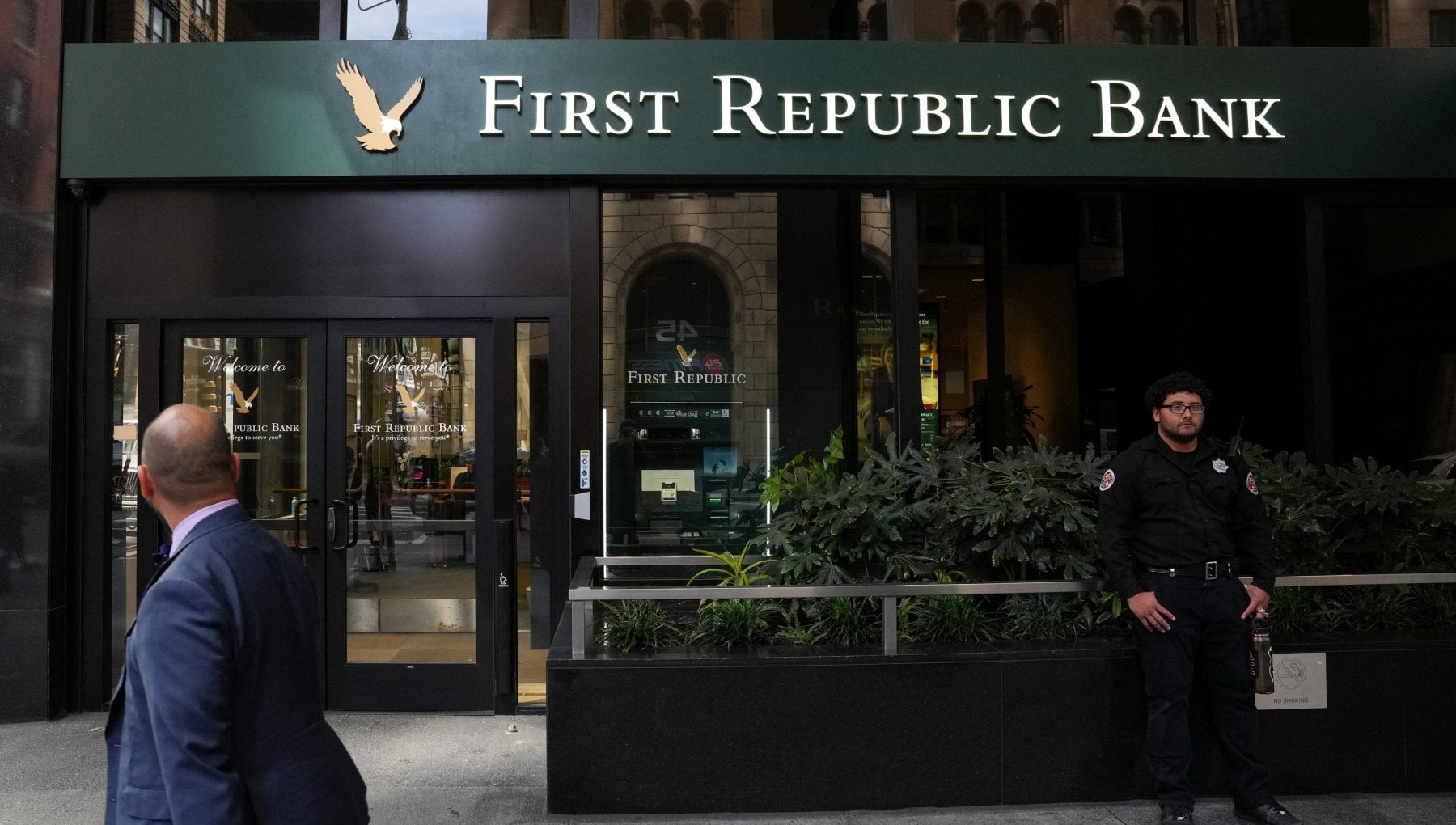Are US regional banks on the brink of a new crisis?

Regional US banks are in trouble again. The analysis by Mario Lettieri, former undersecretary of the Economy, and Paolo Raimondi, economist
After the collapse of three US regional lenders last March, the sector is once again under stress. In fact, in a single day the shares of New York Community Bank (NYCB) collapsed by 38%, after reporting a loss of 252 million dollars in the last quarter.
The regional KBW banking index also fell 6%, its biggest daily decline since May. They are not sudden and momentary collapses. The losses continued, hitting other regional banks, including Bank of California, Florida-based BankUnited, Arizona's Western Alliance Bank, Arkansas' Bank OZK and New Jersey's Valley National Bank.
THE CAUSES OF THE NEW CRISIS OF THE AMERICAN REGIONAL BANKS
It is useful to remember that in these situations there is always a certain amount of speculation that fans the flames. It is estimated that those who bet on the collapse of regional bank stocks made profits of $685 million in one day! So investors and regulators are once again on high alert.
One of the causes would be exposure to the commercial real estate market which has been in difficulty for some time. There would have been large losses on the real estate loans granted. Banks have been and are forced to set aside substantial funds to cover any losses.
There is also a harmful legacy left by the pandemic: the value of many properties, in fact, would have collapsed as millions of workers are anchored to remote working, leaving offices vacant or underused. Once again, however, it is above all the Federal Reserve's high interest rate of 5.5% that is putting many banks in difficulty, full of loss-making Treasury securities, and making it difficult to repay the loans taken out by real estate investors. Governor Jerome Powell's recent decision not to lower rates also gave the market a boost.
Then there is the request by the Federal Deposit Insurance Corporation (FDIC) for the banks to fill its funds emptied by the bailouts made last spring. The FDIC is the independent agency of the US government that guarantees deposits up to 250 thousand dollars. It is estimated that US regional banks would have to pay her at least $500 million. Furthermore, to survive, many regional banks would be carrying out numerous merger/acquisition operations and this would make the market more unstable and volatile.
THE IMPACT ON EUROPE
The American real estate crisis is predictably also putting some European, Canadian and Japanese banks exposed to the US real estate market in serious difficulty. In this regard, the Swiss private bank, asset manager, Julius Baer, has recorded sharp declines in its profits and other major banks, such as Deutsche Bank, have had to set aside extra reserves to cover possible losses on American real estate investments.
UNRESOLVED QUESTIONS
The bailouts made last year also left holes unresolved. For example, NYCB ran into trouble after acquiring $13 billion worth of loans from Signature Bank of New York, one of three lenders that went bust last year. Many regional banks are complaining of significant decreases in their so-called net interest income (nii), which is the difference between what they earn on loans granted and the interest paid on deposits. To be able to retain the deposits of fleeing customers seeking higher compensation, they had to raise the interest offered.
In a recent speech, Michael J. Hsu, president of the Office of the Controller of the Currency (OCC), the federal banking supervisory agency, analyzed the banking crises of 2023, highlighting three major problems: the "flight of deposits" uninsured is always faster; maintaining liquid assets is not sufficient in case of severe stress; the contagion affects the large banks even in the absence of a direct relationship with the regional banks in crisis. Remember that in the Silicon Valley Bank, whose bankruptcy was the second largest in US history, 90% of the deposits were uninsured and, at the onset of the crisis, in hasty flight.
Hsu also reported that the FDIC highlights that uninsured deposits have increased 10% annually, from $2.3 trillion in 2009 to $7.7 trillion in 2022. Many more banks rely on uninsured deposits.
Furthermore, the banks, which are inspected by the OCC, have $12 trillion in deposits, 40% of which, or $4.8 trillion, are without FDIC insurance.
In other words, the American banking system is sitting on a time bomb. In the event of stress or crisis, the "runs", i.e. the escapes of depositors from banks, would become uncontrollable. We continue to think that the G20 must address the issue of a radical reform of the system which does not only concern the USA.
This is a machine translation from Italian language of a post published on Start Magazine at the URL https://www.startmag.it/economia/nuova-crisi-banche-regionali-stati-uniti/ on Sun, 18 Feb 2024 06:07:37 +0000.
